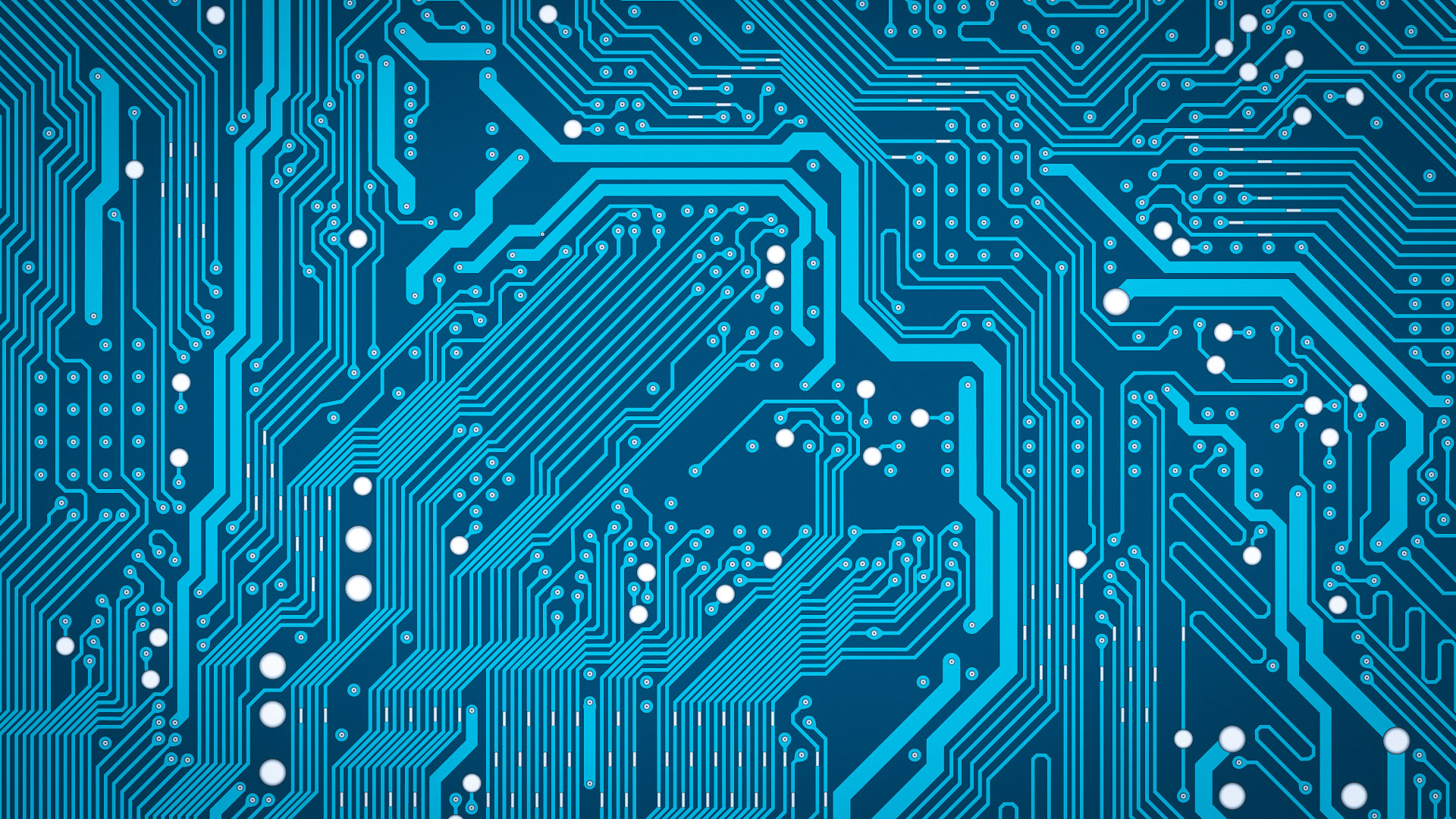
Innovations in Printed Circuit Boards: Paving the Way for Technological Advancements
Printed Circuit Boards (PCBs) have been at the heart of electronic devices for decades, but they continue to evolve, adapting to the ever-changing landscape of technology. In this article, we delve into the latest innovations in PCB technology and how these advancements are shaping the future of electronics. Discover additional details about FR4 material dielectric constant.
Miniaturization and High-Density Interconnections
One of the most significant trends in PCB design and manufacturing is miniaturization. As consumer electronics become smaller and more powerful, PCBs must follow suit. To achieve this, PCB manufacturers are employing various techniques:
1. Surface Mount Technology (SMT):
SMT components are smaller and lighter than their through-hole counterparts, allowing for a reduction in PCB size. This technology has become the standard for most electronic assemblies.
2. High-Density Interconnect (HDI) PCBs:
HDI PCBs feature extremely fine traces and smaller vias, enabling a higher component density. These boards are crucial in devices like smartphones and wearables.
3. Multi-Chip Modules (MCMs):
MCMs integrate multiple integrated circuits into a single package, reducing the PCB's overall size while increasing its processing power.
Flexible and Rigid-Flex PCBs
As demand for flexible and wearable electronics grows, so does the need for flexible PCBs. These boards are designed to withstand bending and flexing without compromising their functionality. Innovations in this area include:
1. Flexible PCB Materials:
Advancements in materials, such as polyimide and liquid crystal polymer, have improved the flexibility, durability, and performance of flexible PCBs.
2. Rigid-Flex PCBs:
Rigid-flex PCBs combine the best of both worlds, offering the structural stability of rigid boards with the flexibility of flexible PCBs. They are commonly found in applications like medical devices and aerospace systems.
3D Printing and Additive Manufacturing
3D printing has disrupted traditional PCB manufacturing methods. Additive manufacturing techniques allow for the creation of complex PCB designs that were once impossible to achieve with conventional methods. Benefits include:
1. Rapid Prototyping:
3D printing enables quick and cost-effective prototyping of custom PCB shapes and designs, reducing development time.
2. Improved Heat Management:
Additive manufacturing allows for the integration of heat sinks and cooling channels directly into the PCB, enhancing thermal management in high-performance electronics.
Eco-Friendly PCB Materials
The electronics industry is increasingly focused on sustainability and reducing environmental impact. PCB manufacturers are exploring eco-friendly materials and processes:
1. Bio-Based Substrates:
Researchers are developing PCB substrates made from renewable and biodegradable materials, reducing the reliance on non-renewable resources.
2. Lead-Free Solder:
The transition from lead-based solder to lead-free alternatives has been a significant step towards reducing the environmental footprint of PCB production.
IoT-Ready PCBs
The Internet of Things (IoT) is driving demand for PCBs that can support the connectivity and data processing needs of a wide range of devices. Innovations in this area include:
1. Integrated Wireless Modules:
PCBs with integrated Wi-Fi, Bluetooth, or other wireless communication modules simplify IoT device development.
2. Low-Power Design:
Efficient power management on PCBs extends battery life in IoT devices, crucial for remote and sensor-based applications.
Conclusion
Printed Circuit Boards continue to be at the forefront of technological progress. Their evolution and adaptation to new challenges have allowed us to create smaller, more powerful, and environmentally friendly electronic devices. As technology continues to advance, PCB innovations will play a pivotal role in shaping the future of electronics, enabling us to achieve feats that were once considered impossible. Stay tuned for more exciting developments in the world of PCBs as they continue to drive innovation across industries.